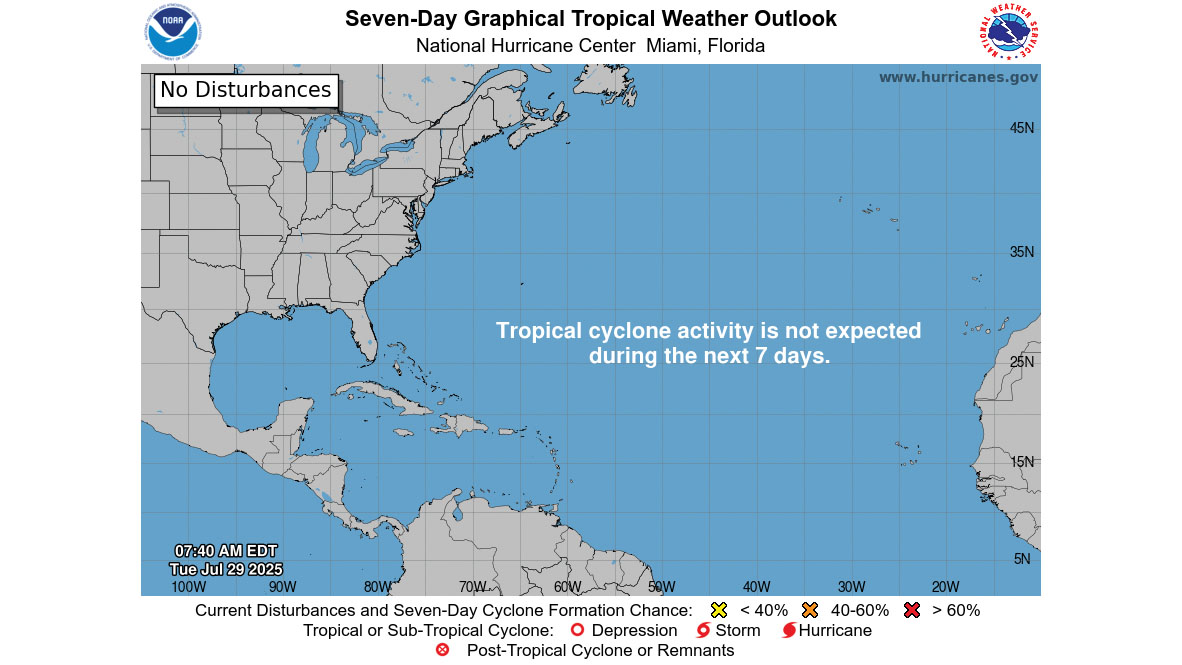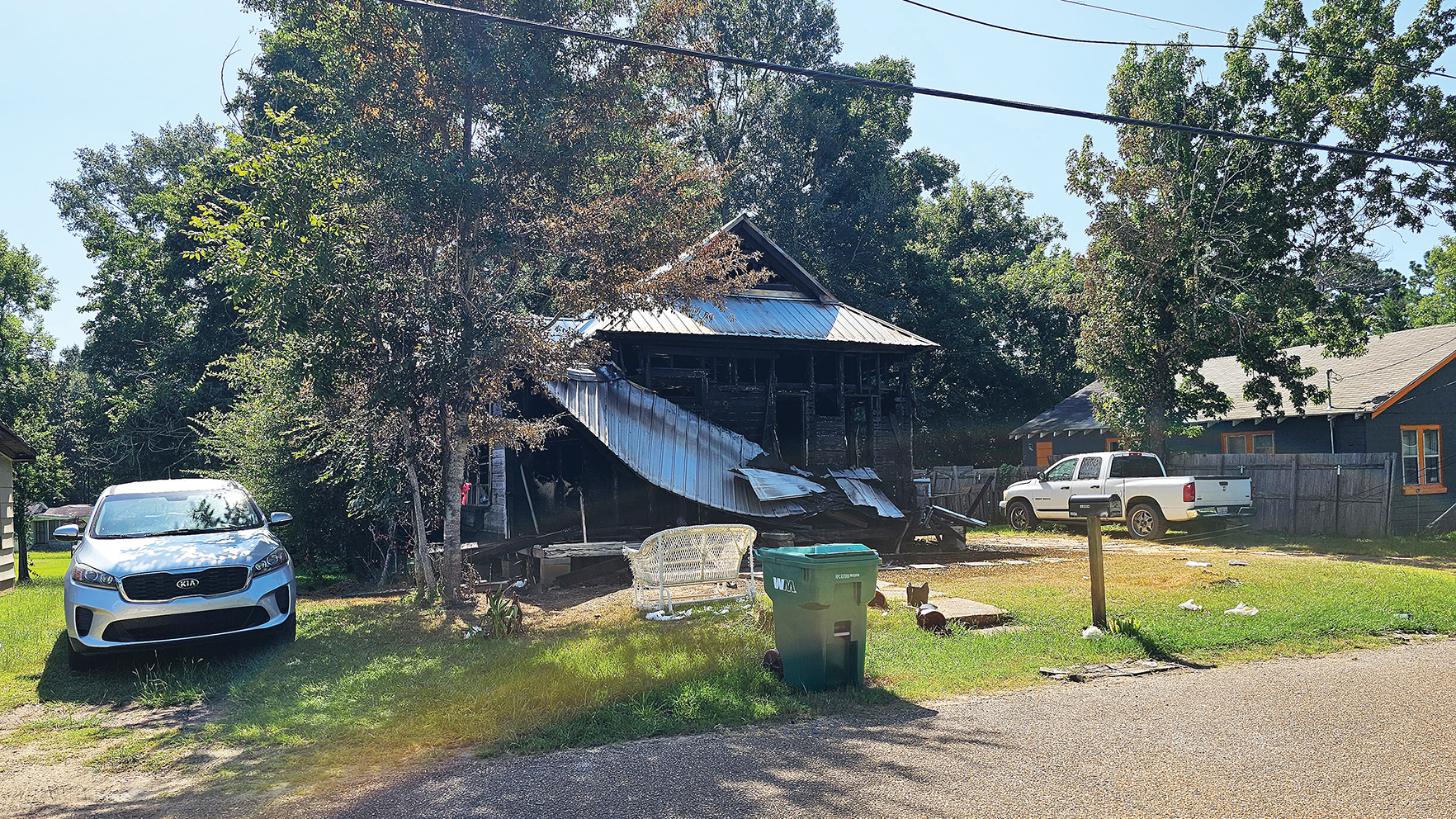Sunday Focus: Local area benefits from telemedicine
Published 11:55 pm Saturday, September 6, 2014
The state of Mississippi’s healthcare services are getting an upgrade from programs at the University of Mississippi Medical Center in Jackson, and local communities like Brookhaven are reaping the rewards from the university’s push to improve the overall health of the state.
Imagine a person in the intensive care unit who is having difficulty breathing, so a computer screen rolls into the room. It has the test results, can see the patient’s history and is able to have a conversation with the patient and/or family. The machine can hear heartbeats, see changes in pupil dilation and give an exam to determine exactly what is going on and give recommendations for treatment. Then the computer rolls away to give a consultation to another patient. Although it sounds like science fiction, this kind of care has been going on at King’s Daughters Medical Center in Brookhaven since April 2013.
The telemedicine service allows for specialized physicians to see more patients without having to physically transport them to a larger hospitals and for patients to see specialists without having to leave their home doctors. UMMC has launched the tele-program throughout the state. KDMC has two areas in which they are using telemedicine: in the ICU for lung diseases and in the emergency room for strokes.
Trending
“It is very personal,” said KDMC Emergency Room Director Terry Singleton. “They can actually interact, kind of like using Skype or Face Time. Most people are used to the technology and others are blown away by it and think it’s just wonderful. The personal touch is enhanced.”
Cardiovascular disease, including heart attacks and stroke, is the leading cause of death in Mississippi. According to the Mississippi State Department of Health, this accounts for over a third of all deaths in the state. KDMC’s use of telemedicine helps them to more quickly treat patients suffering from a stroke by consulting with neurologists in Jackson.
Singleton said that there is a set procedure for how the emergency room handles strokes. As soon as they have done the CT scan, the hospital contacts St. Dominic’s neurologist, who can perform a normal exam on the patient via the computer.
“The camera is so sensitive he can do things like look at the pupils to see how they react, and the speaker is so good they can tell if there are changes in voice patterns or slurring of speech,” said Singleton. He said the neurologist and attending physician then decide on the treatment.
He added that people who feel that they are suffering from a stroke should never try to drive to the hospital. They should act quickly and report the time immediately; this allows responders to begin treatment as quickly as possible. He said that treatment for a stroke changes depending on the time, so the sooner the hospital knows what is happening, the better the treatment will be.
In the intensive care unit, telemedicine is used to consult on patients with respiratory issues, such as pneumonia, acute respiratory failure, or chronic obstructive pulmonary disease, which is the fourth leading cause of death in the state. The pulmonologist in Jackson is able to hear a patient’s breathing and heartbeat through a stethoscope via the computer to help determine treatment.
Trending
“Before telemedicine, sometimes we would decided it would be safe to send to Jackson because we weren’t sure or sometimes we knew exactly what was wrong but the family wanted an expert,” said KDMC Chief Nursing Officer Cheri Walker. “Now, more patients are able to stay for pulmonology. They feel like they’ve got the expertise.”
Lung diseases are also a killer in the state. MSDH estimates that more than 140,000 Mississippians suffer from Chronic Obstructive Pulmonary Disease, often caused by smoking, which is the fourth leading cause of death. Now, KDMC is better equipped to treat patients with respiratory illnesses.
Walker said none of the personalization of having someone physically in the room is lost with telemedicine. There are real live KDMC nurses and doctors who are working with the telemedicine to help diagnose and treat patients. She said it enhances the services already provided by the hospital.
Telemedicine complements the services in Brookhaven, but in rural areas of Mississippi who are not close to hospitals telemedicine could be the answer for expanding healthcare coverage across the state. Because of the versatility of the program, telemedicine can allow for a wide list of services, from pediatrics to cardiology. According to the UMMC Center for Telehealth, there are more than 30 different medical specialties being covered by their system, which extends to more than 100 clinical sites.
UMMC has also created a scholarship program that encourages more of their medical students, all of whom have been trained in their med school classes and residencies to utilize telemedicine, to practice in Mississippi’s underserved rural areas.
The Mississippi Rural Physicians Scholarship Program is for students from Mississippi who will be returning to practice in the state. It directly attacks the health care crisis seen across the state head-on. The program was authorized by the state legislature in 2007 and is just now seeing it’s first students entering the field. Four students have completed the program, two of which started practicing this summer.
“Mississippi has the highest physician shortage rate in the country,” said Wahnee Sherman, executive director of the Mississippi Rural Physicians Scholarship Program. “Our program is helping with that, especially in the areas of the state with the greatest need.”
Although none of the four new physicians are currently practicing in Southwest Mississippi, students will be sent to sites with 20,000 or few residents and that are located in medically underserved areas, which include Copiah, Franklin, Lincoln and Lawrence counties. All of these areas are also designated as having a shortage of primary care physicians by the U.S. Department of Human Resources. That means there are 3,500 or more people per every primary care physician.
“By 2017 we anticipate having more than 30 brand new primary care physicians in rural communities in Mississippi,” said Sherman. “Each new physician has an economic impact of between $500,000 and $2 million in those communities. So, we are already having an economic impact but that will certainly continue to grow. With 30 practicing physicians, that is an economic impact of $15 million and $60 million. That’s a huge boost for economies in rural areas of our state.”
Even though Mississippi is good at coming in last place in many areas, such as education, economics and health, people are constantly working to improve conditions. Over the next few years, UMMC will have spread new physicians and telemedicine machines across the state to battle the crisis so that maybe the state will not come in last place when it comes to health.





